Learn how Climate Solutions is working with businesses on climate change!
Since our founding 25 years ago, Climate Solutions has believed strongly in the importance of the business community to drive solutions to the clim

![]() To stabilize the climate and avert catastrophic disruption, we must transition our economy away from fossil fuels—particularly our energy and transportation sectors—by mid-century. Shifting our grid in the Pacific Northwest to rely on 100% clean and efficient power is the core foundation to building a clean energy economy. And with very rapid progress in vehicle electrification and energy storage technologies, clean electricity can soon be a major part of the strategy for reducing transportation-related emissions.
To stabilize the climate and avert catastrophic disruption, we must transition our economy away from fossil fuels—particularly our energy and transportation sectors—by mid-century. Shifting our grid in the Pacific Northwest to rely on 100% clean and efficient power is the core foundation to building a clean energy economy. And with very rapid progress in vehicle electrification and energy storage technologies, clean electricity can soon be a major part of the strategy for reducing transportation-related emissions.
The great news is we are well on our way to a carbon-free electric power system. In 2019, Washington State enacted one of the strongest clean energy policies in the country, with utilities having to transition off coal power by 2025 and offer 100% clean and carbon-free electricity by 2045. With robust renewable energy and clean fuels standards and a commitment to end the use of coal already on the books, Oregon followed suit in 2021, matching the nation's strongest statewide timeline for adopting 100% fossil-free electricity by 2040.
The Northwest electric power system is already 71% carbon-free, making the region’s power supply as a whole less carbon-intensive than any other part of the U.S. The large base of existing hydropower both anchors the existing low-carbon system and, because it offers operational advantages over large thermal power plants, can serve as a relatively efficient platform for integrating renewable energy. The major carbon pollution sources on the grid are already approaching functional and economic obsolescence; many coal plants are scheduled for retirement already, and no new ones are being built.
The technologies to produce and use clean electric power, especially wind and solar energy, are relatively well-developed, diverse and commercialized now. As the energy system makes greater use of rapid advances in information and communication technology, more pathways emerge on both the demand and supply sides for meeting energy service needs.
While some bring up the need for "bridge fossil fuels" it's worth noting that while fossil methane is picking up some of the slack, it is with dubious climate benefits,[1] and there is little if any legitimate need for new investments in gas power plants or infrastructure. Existing capacity can serve any foreseeable temporary need to use gas for system balancing. A diverse array of flexible, low-cost strategies is emerging – including energy storage, efficiency, load management, smart grids, renewable energy diversity, and scheduling accuracy–to instantaneously balance electric power systems loads and resources.
Using energy wisely and renewable energy can save and deliver the kilowatt-hours we need. But we will also need to upgrade the “system” hardware and software to unlock their full potential. Grid modernization, smart grids, load management systems, storage solutions, and energy and transmission market reforms are vital and rapidly evolving parts of this “system upgrade.”
We expect that renewable electric resources will be the primary focus of any new electric generating capacity needed to achieve decarbonization.[2] It's essential to accelerate progress in financing, deploying, incentivizing, and integrating these technologies to get to a 100% clean grid.
Utilities and their regulators will need to evolve as well, developing financial and regulatory models that reward innovation, facilitate decarbonization to more distributed energy systems, protect consumers, and invest in communities historically impacted the most by pollution and lack of investment.
[1] Even low rates of methane leakage largely–or perhaps completely–balance out the advantage of gas over coal due to its lower CO2 production. But “better than coal” is not the appropriate test: even if leakage were not a problem, investment of long-term energy capital in new gas capacity is not consistent with the emission and investment trajectories necessary to meet climate stabilization imperatives. See: “Key factors for assessing climate benefits of natural gas versus coal electricity generation.”
[2] Nuclear power plays a very limited role in the existing NW system, with only one commercial generating station in the region. New nuclear capacity using existing, commercialized technology is not competitive, nor is it being contemplated. New nuclear technology platforms are in the experimental stages, as are many other renewable energy technologies. While further innovation is likely, our focus will be primarily on deployment and operationalization of technologies and systems that have a reasonably clear sightline to safe and affordable commercialization.

by Gregg Small on
Since our founding 25 years ago, Climate Solutions has believed strongly in the importance of the business community to drive solutions to the climate crisis.
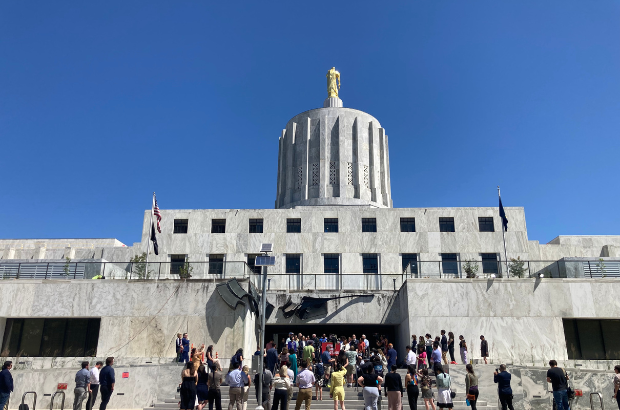
by Meredith Connolly on
The longest GOP walkout in state history has finally come to an end. It has been an egregious situation where a bloc of Republican Senators used non-democratic tactics to deny the collective will of all Oregonians and shutdown the government for weeks.
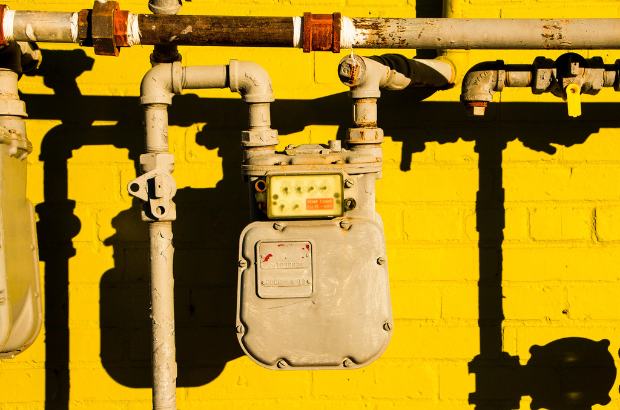
by Greer Ryan on
Avista is seeking to increase gas bills to expand the gas system when they should be shrinking it. Oregon has climate goals requiring gas utilities to slash pollution by 90% by 2050.
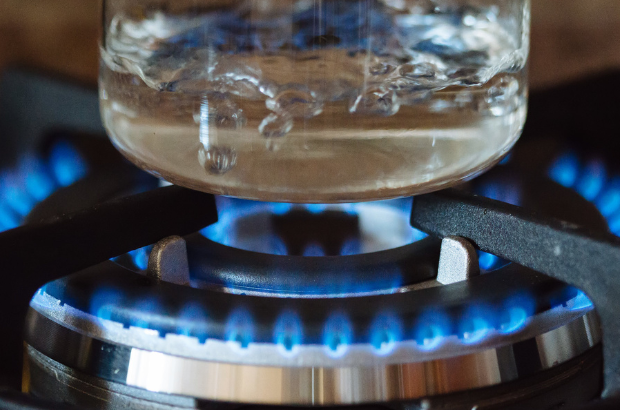
by Greer Ryan on
NW Natural doesn't have a realistic plan to meet Oregon's climate goals. Tell the Commission to send them back to the drawing board.
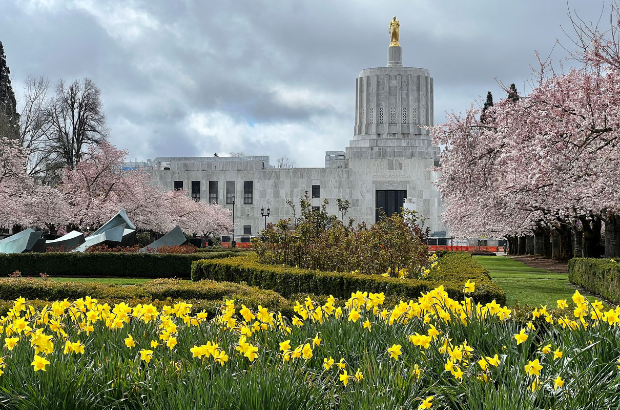
by Meredith Connolly on
Did you know the Oregon Legislature hasn’t updated our state climate goals in over 15 years?
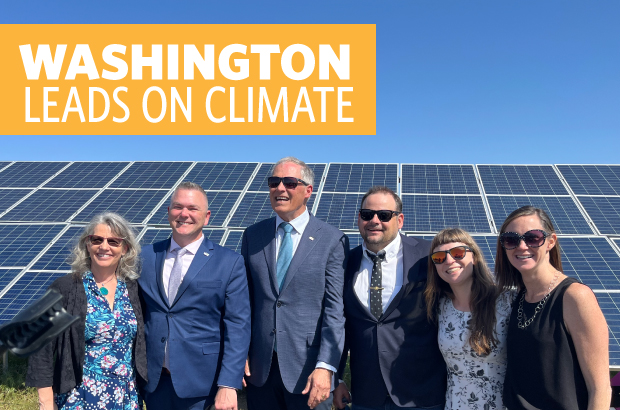
by Altinay Karasapan on
More on HB 1216, designed to help bring more new clean energy projects and associated jobs to the state.
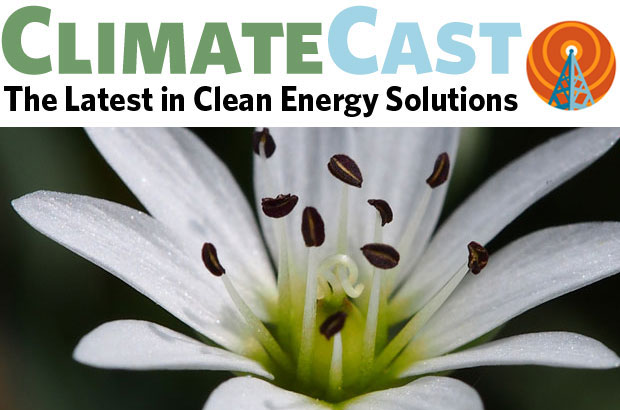
by Jonathan Lawson on
As Washington State books historic investments in clean energy, federal courts weigh in on city- and state-led efforts to counter the power of fossil fuels

by Greer Ryan on
Oregonians deserve healthy, affordable, resilient buildings that run on clean energy.
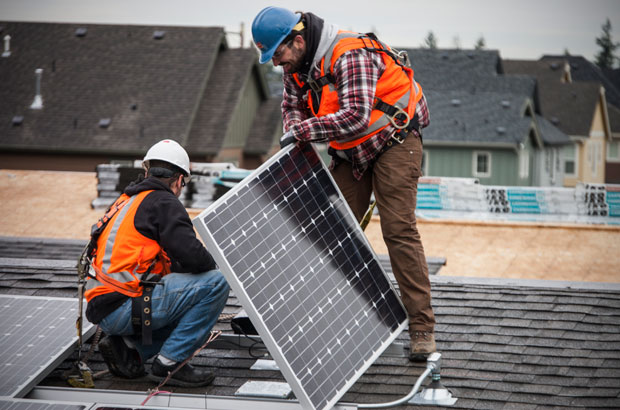
by Jonathan Lee on
Homes, offices, and other buildings are a major source of climate and air pollution. Thankfully, the best solutions will save you money on energy costs without sacrificing comfort. Learn more by watching our new video series!
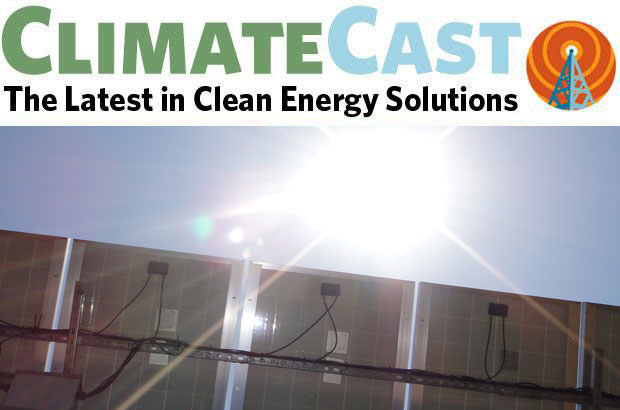
by Jonathan Lawson on
In this week's ClimateCast: climate migration; Oregon cities act to leave fossil fuels behind; investment banks renege on climate commitments
Join our email list to learn about what we do and how to get involved.
Since our founding 25 years ago, Climate Solutions has believed strongly in the importance of the business community to drive solutions to the clim
Oregon has climate goals requiring gas
Did you know the Oregon Legislature hasn’t updated our state climate goals in over 15 years?